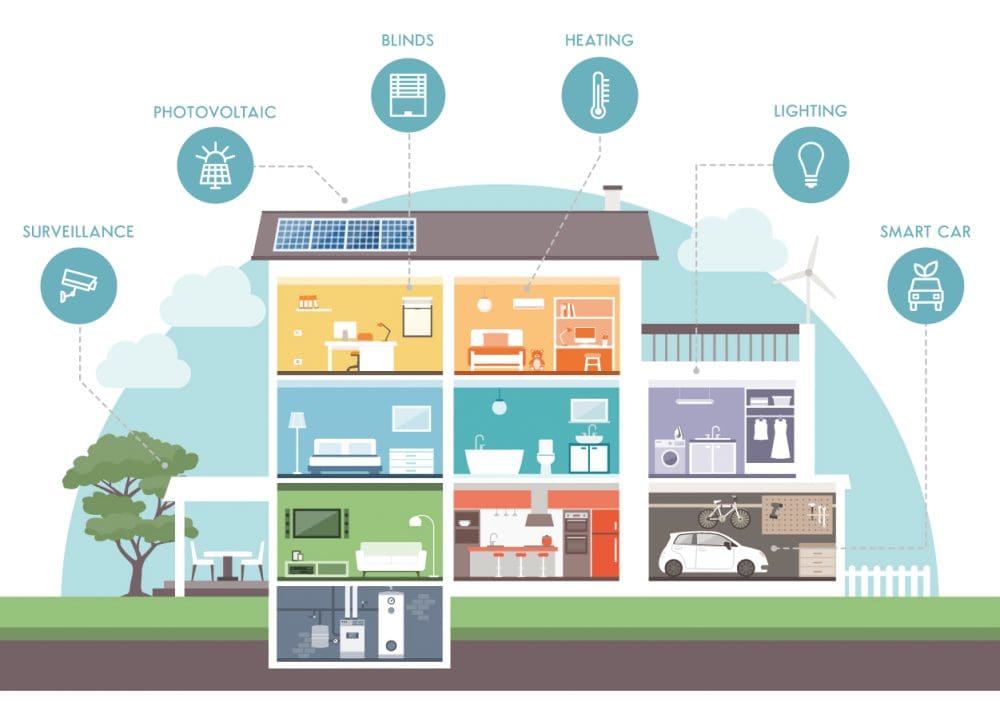The Internet of Things (IoT) is a term used to describe smart devices, other than computers, phones and tablets that require connection to the internet to communicate and carry out their functions.
These include the smartwatch you may be wearing on your wrist to monitor your heart rate and keep track of your daily steps, the CCTV cameras at your favourite mall or your front door, the biometric scan that allows you to open the door to your offices, or simply ALEXA, the voice that responds to your verbal commands to play music or turn on the lights in your home. These days, if it has an On/Off switch, it may be able to connect to the internet, therefore making it part of the IoT.
All these devices are run by apps that need to be connected to the internet to operate efficiently, i.e. give you immediate and real-time results. But as we have all come to know, cybercrime is real and rampant, and smart devices can easily become smart tools for cybercriminals to exploit.
For example, if the WiFi network your security cameras at home are connected to is not secure, they can be hacked into and you may not be the only one seeing and monitoring your home, or watching your children playing in the garden.
That’s concerning, isn’t it? Try and also imagine this; you’ve downloaded a different app other than the recommended one for your smartwatch or other smart devices because it’s probably a bit less pricey. Just like the original app, it would require you to enter some or most of your personal details. But since it’s not the recommended one, there’s a chance it was created for something else apart from running your device…like collecting your personal data for malicious reasons.
That’s why when it comes to anything involving the internet, the first crucial thing to always keep in mind is the data network you are connecting to. It has to be a trusted one. It has to be strongly secured with the latest security settings. It has to be regularly monitored or updated to be able to protect you and your devices from the latest security bugs. In the case of your home network, it’s easy to make sure that it’s set to secure by following the instructions that accompany your router. If your IoT device is hooked up to a guest or public hotspot, it’s not so easy to tell if it’s secure, so think twice before you connect.
When it comes to the smart devices that we connect to the internet, it’s always best to go with recognised, proven and fully trusted brands.
Always check that you’re buying original ones, and not counterfeit. Make sure you are buying devices that are compatible with current technologies. Remember to protect your smart devices with passwords that include words, numbers and symbols, and keep them to yourself. Also, update the software and operating systems on your devices as soon as prompted. And, really importantly, make sure you change IoT device passwords to new, unique ones as soon as you unpack and turn them on. This is because a lot of devices are given the same default password at the factory, making them relatively easy to get hacked. To change passwords, check manufacturers’ instructions.
As for the apps that run our devices, it’s absolutely crucial to download their designated ones, and only from trusted online stores that supply them, in other words, Google Play, Apple Store and Microsoft Store. Always keep them updated or better still, set them to update automatically, as app updates contain security fixes as well as making your apps better to use.
As long as we implement the necessary safety measures described above and be intentional in making the world and the internet a better place, the Internet of Things is something we can all enjoy and benefit a lot from with confidence. As always, it starts with us. It starts with you.
Tony Neate is the CEO of Get Safe Online while Maurice Haesen Kajangwe is the Privacy and Data Protection Senior Technologist in the Ministry of ICT and Innovation
The views expressed in this article are of the writer.


